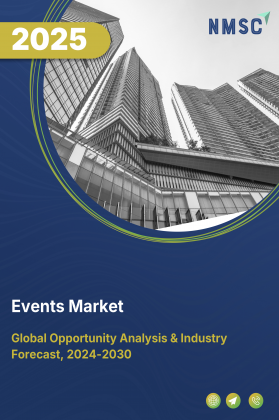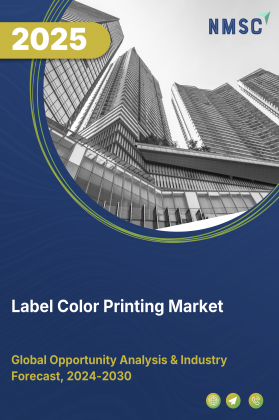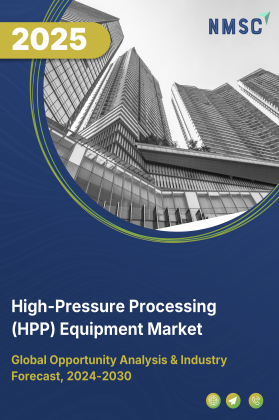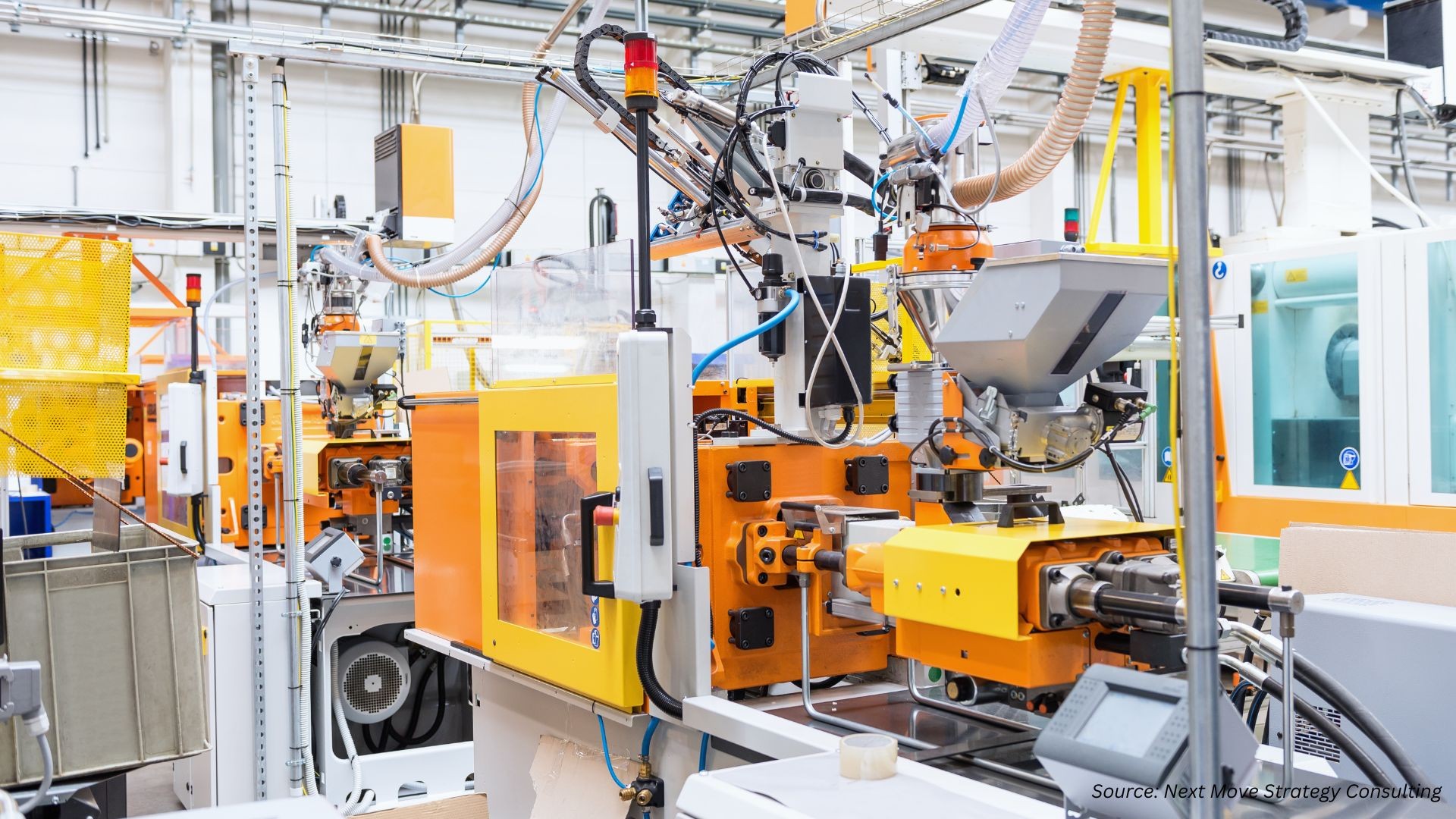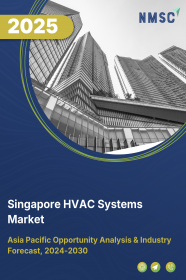
Singapore HVAC Systems Market by Equipment (Room‐Level Air Conditioners, Split Air Conditioners, Packaged & Central AC Units, Chillers, Heating Equipment, Ventilation Equipment, and Others), by System Type (Centralized Systems, and Others), by Implementation Type (New Construction Buildings, and Others), by Technology (Inverter Technology, and Others), by Energy Efficiency, by Capacity, by Installation/Mounting, and by End User – Global Opportunity Analysis and Industry Forecast, 2024– 2030
Industry: Construction & Manufacturing | Publish Date: 07-Nov-2025 | No of Pages: 218 | No. of Tables: 236 | No. of Figures: 181 | Format: PDF | Report Code : CM1993
Market Definition
The Singapore HVAC System Market size was valued at USD 904.1 million in 2023, and is predicted to reach USD 1620.2 million by 2030, at a CAGR of 8.1% from 2024 to 2030.
HVAC (Heating, Ventilation, and Air Conditioning) refers to the technology and systems used in buildings to regulate indoor environmental conditions such as temperature, humidity, and air quality to ensure comfort and safety for occupants. Heating systems provide warmth during colder months, ventilation systems circulate and replenish indoor air, and air conditioning systems cool and dehumidify indoor air during warmer months.
HVAC systems offer several advantages, including improved occupant comfort and health, increased energy efficiency leading to cost savings, better indoor air quality through filtration and ventilation, precise temperature control for enhanced productivity in commercial settings, and protection of building infrastructure from extreme weather conditions. Additionally, these systems can be designed to meet specific requirements, contributing to sustainability goals by reducing carbon emissions and promoting eco-friendly practices in building operations.
Government Incentive Programs Accelerating Heat Pump Adoption and Residential HVAC Retrofits
Singapore’s HVAC market is witnessing significant growth propelled by robust government rebate schemes aimed at reducing fossil fuel dependence and fostering electric heat pump installation. Programs such as the Singapore Green Mark Incentive and the Energy Efficiency Fund provide substantial financial support—often covering a large portion of upfront costs—for residential retrofit projects targeting air-source and ground-source heat pumps. These incentives, combined with utility-level rebates, are catalyzing widespread HVAC upgrades in older housing stock, encouraging homeowners to modernize their systems with energy-efficient, low-carbon technologies. The resulting surge in demand spans not only equipment sales but also professional installation and maintenance services.
Increasing Incidence of Extreme Tropical Weather and Energy Grid Stability Concerns Boosting Demand for Smart and Resilient HVAC Solutions
The intensification of Singapore’s tropical climate with more frequent heatwaves, humidity spikes, and unpredictable rain patterns has heightened the imperative for HVAC systems that deliver consistent, energy-efficient performance. Simultaneously, concerns about electricity price volatility and potential disruptions to power supply are motivating investments in HVAC units featuring inverter-driven compressors, smart load management, and seamless integration with solar panels and residential energy storage. These features enhance grid resilience, enable demand response participation, and ensure uninterrupted climate control, particularly in residential and commercial sectors heavily reliant on cooling for health and productivity.
Inflationary Cost Pressures and Acute Skilled Labor Shortages Hampering HVAC Installation Timelines and Affordability
Rising demand in Singapore’s HVAC market is being tempered by execution challenges stemming from sustained inflation in raw materials and imported components, coupled with notable shortages of certified HVAC technicians and installers. The accelerated pace of retrofit programs and new construction projects is stretching available workforce capacity, leading to increased project backlogs and elevated installation costs. This dynamic threatens to constrain the pace of HVAC system deployment, particularly among residential consumers sensitive to upfront expenditures, ultimately limiting short- to medium-term market growth potential.
Expansion of Climate-Resilient HVAC Systems Integrating Advanced Filtration and Off-Grid Capability Unlocks New Market Opportunities
As climate variability and environmental health concerns rise, demand is expanding for HVAC solutions engineered for extreme tropical weather adaptation and enhanced wellness features. These systems incorporate high-efficiency air filtration to mitigate pollution and allergens, humidity regulation to combat tropical dampness, and off-grid operation capabilities leveraging solar power and battery storage to maintain performance during grid interruptions. This emerging segment attracts interest from risk-conscious property owners, insurers, and municipal planners prioritizing resilient, health-centric infrastructure—positioning providers offering such advanced, integrated HVAC technologies for strong competitive advantage and sustainable growth.
Sustainable Packaging Demand Fuels Growth in Vietnam's Aluminium Market
Vietnam’s aluminium market is witnessing significant growth, driven by the rising demand for sustainable packaging solutions. With the government aiming for a 90% metal recycling rate by 2025 and increasing consumer preference for eco-friendly products—57.4% willing to pay more for sustainable options—aluminium’s recyclability positions it as a key material in packaging, especially for food and beverages. As the country’s packaging industry grows at an annual rate of 15–20%, aluminium offers a lucrative opportunity for businesses seeking to align with Vietnam’s environmental goals and capitalize on shifting market dynamics.
Competitive Landscape
The market players operating in the Singapore HVAC System market include Midea Group Co Ltd., Honeywell International Inc., Gree Electric Appliances Inc., Johnson Controls International Plc., Panasonic Holdings Corporation, Daikin Industries Ltd., Carrier Singapore Corporation, LG Electronics Inc, Trane Technologies Plc., Samsung Electronics Co., Ltd., Watts, Mitsubishi Electric Corporation, Toshiba Corporation, Airedale International Air Conditioning Ltd., Electrolux, and others.
Singapore HVAC System Market Key Segments
By Equipment
-
Room‐Level Air Conditioners
-
Window
-
Portable
-
Cassette (ceiling-mounted)
-
Floor-standing console
-
-
Split Air Conditioners
-
Single-split (1 indoor + 1 outdoor)
-
Multi-split (≥2 indoors + 1 outdoor)
-
VRF/VRV
-
-
Packaged & Central AC Units
-
Rooftop packaged units
-
Self-contained packaged units
-
Central chiller and AHU systems
-
-
Chillers
-
Air-cooled
-
Water-cooled
-
Absorption
-
-
Heating Equipment
-
Heat Pumps
-
Furnaces
-
Boilers
-
Unit Heaters
-
-
Ventilation Equipment
-
Air Handling Units (AHUs)
-
Fans & Blowers
-
Air Filtration Systems
-
Air Purification Systems
-
-
Humidity Control
-
Humidifiers
-
Dehumidifiers
-
-
Cooling Towers
-
Controls & Thermostats
By System Type
-
Centralized Systems
-
Decentralized Systems
-
Hybrid Systems
By Implementation Type
-
New Construction Buildings
-
Retrofit Buildings
By Technology
-
Inverter Technology
-
Non-Inverter Technology
-
Smart/IoT-enabled
-
Conventional
By Energy Efficiency
-
1 Star
-
2 Star
-
3 Star
-
4 Star
-
5 Star
By Capacity
-
Up to 1.5 Ton
-
1.5-3 Ton
-
3-5 Ton
-
Above 5 Ton
By Installation/Mounting
-
Wall-mounted
-
Ceiling-mounted
-
Floor-standing
-
Ducted
-
Window-mounted
-
Portable
By End User
-
Commercial
-
Offices
-
Hospitality (Hotels, Restaurants)
-
Healthcare
-
Education
-
Retail
-
Airports
-
-
Residential
-
Industrial
Key Players
-
Midea Group Co Ltd.
-
Honeywell International Inc.
-
Gree Electric Appliances Inc.
-
Johnson Controls International Plc.
-
Panasonic Holdings Corporation
-
Daikin Industries Ltd.
-
Carrier Singapore Corporation
-
LG Electronics Inc
-
Trane Technologies Plc.
-
Samsung Electronics Co., Ltd.
-
Watts
-
Mitsubishi Electric Corporation
-
Toshiba Corporation
-
Airedale International Air Conditioning Ltd.
-
Electrolux
Report Scope and Segmentation
|
Parameters |
Details |
|
Market Size in 2023 |
USD 904.1 Million |
|
Revenue Forecast in 2030 |
USD 1620.2 Million |
|
Growth Rate |
CAGR of 8.1% from 2024 to 2030 |
|
Analysis Period |
2023–2030 |
|
Base Year Considered |
2023 |
|
Forecast Period |
2024–2030 |
|
Market Size Estimation |
Million (USD) |
|
Growth Factors |
|
|
Companies Profiled |
15 |
|
Market Share |
Available for 20 companies |
|
Customization Scope |
Free customization (equivalent up to 80 working hours of analysts) after purchase. Addition or alteration to country, regional, and segment scope. |
|
Pricing and Purchase Options |
Avail customized purchase options to meet your exact research needs. |














 Speak to Our Analyst
Speak to Our Analyst



